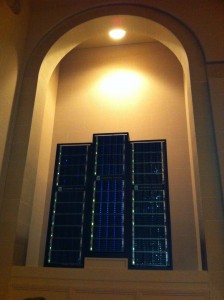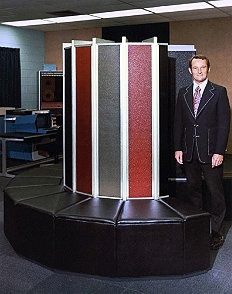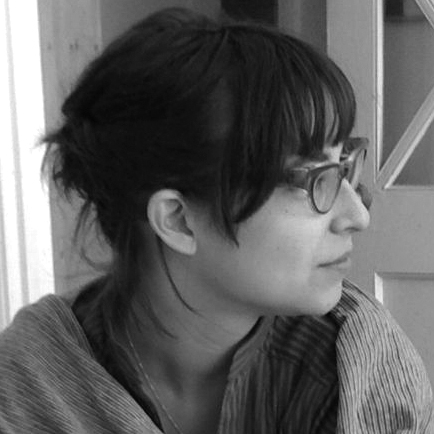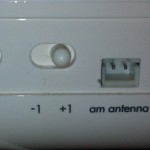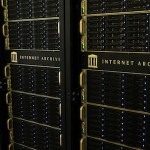
The Internet Archive in physical form.
Recently, I visited the new home of the Internet Archive in an old Christian Science church in the Richmond District of San Francisco. They made incredible use of the architecture of the space to position their data storage racks prominently underneath the niche arches in the back of the auditorium space. Instead of hiding them in a server closet, there they were – proudly displayed for all to see.
I could actually watch the lights blink as millions of people downloaded and uploaded content to the immense digital library. That direct connection of digital to physical is one that I’ve always loved. Once upon a time, when computers filled a room, they had no choice but to be elegant architectural representations of the work they were doing. Inevitably, as computers got smaller and more connected, they moved into air-conditioned data centers where few people ever see them. The machine that hosts this website lives in such a place.
When I first heard the factoid that Linden Lab’s number of physical servers had a direct correlation to the amount of digital land in Second Life, I loved the poetry of it. (I imagine their investors and engineers didn’t have the same appreciation). Sadly, they keep them tucked away and never had the poetic and sculptural urge to display them in the same way as the Internet Archive’s array of hard drives.
As I work on projects that cross between the physical and digital, it can sometimes be difficult to render a meaningful connection between a real-world encounter and its continuation in a virtual platform. Most often this is done through narrative. Encountering these drives was a handy reminder that digital things do have a physical form all their own and sometimes that creates a narrative relationship all its own.
